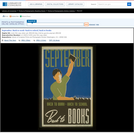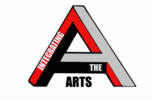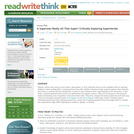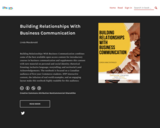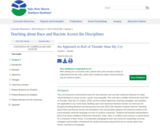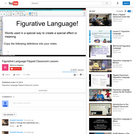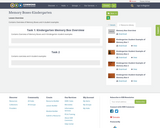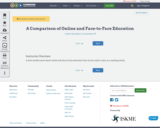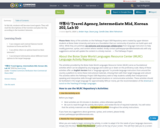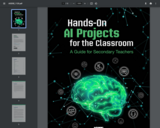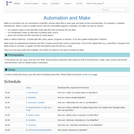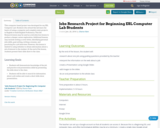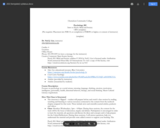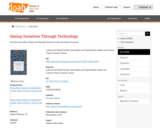Short Description:
Building Relationships With Business Communication combines some of the best available open access content for introductory courses in business communication and supplements this content with new material on personal and social identity; rhetorical listening; inclusive language; storytelling; and territorial Land Acknowledgements. The textbook is focused on a Canadian audience of first-year Commerce students. H5P interactive content, the infusion of real world examples, and an engaging layout make this textbook highly readable for this audience. INSTRUCTORS: If you adopt Building Relationships with Business Communication in part or in whole, as a core or supplemental resource, please report your adoption to https://forms.office.com/r/MDgAuHisSP. Thank you!
Long Description:
Building Relationships With Business Communication is aimed at first-year students of Commerce. The book presents material from Business Communication for Success [Author removed at request of original publisher]; Web Literacy for Student Fact-Checkers by Mike Caulfield; Business Presentation Skills by Lucinda Atwood and Christian Westin; Professional Communications by Jordan Smith, Melissa Ashman, eCampusOntario, Brian Dunphy, Andrew Stracuzzi; and APA Style Citation Tutorial by Sarah Adams and Debbie Feisst. This material is supplemented with new material on personal and social identity; rhetorical listening; inclusive language; storytelling; and territorial Land Acknowledgments. The principles of justice, equity, diversity, and inclusion are woven throughout the textbook. Interactive H5P content enhances the student experience.
Part I includes chapters on developing business relationships. The first two chapters explain the importance of effective business communication and the responsibilities the students will have as business communicators. Next, students consider the ways in which the communication context, the purpose of the message, the audience for the communication, and the channel of communication impact their writing or presenting strategy. The final chapter of Part 1 considers the importance of inclusive language in developing and maintaining business relationships.
Part 2 presents tools for effective communication and primarily focuses on rhetoric. Rhetorical listening and visual rhetoric are often overlooked elements of persuasion. These strategies are discussed as well as the classical rhetorical strategies of logos, ethos, and pathos.
Part 3 focuses on preparing and delivering business presentations. This section addresses speech anxiety, ways to alleviate this anxiety through clear presentation structures, and the importance of storytelling in engaging an audience.
Part 4 concerns written forms of communication including email, memos, letters, and reports. Techniques to develop and maintain a positive audience relationship are addressed throughout. An additional resource on APA Style referencing is provided in Part 5.
INSTRUCTORS: If you adopt Building Relationships with Business Communication in part or in whole, as a core or supplemental resource, please report your adoption to https://forms.office.com/r/MDgAuHisSP. Thank you!
Word Count: 72357
ISBN: 978-1-7781696-5-6
(Note: This resource's metadata has been created automatically by reformatting and/or combining the information that the author initially provided as part of a bulk import process.)



